Premium Only Content
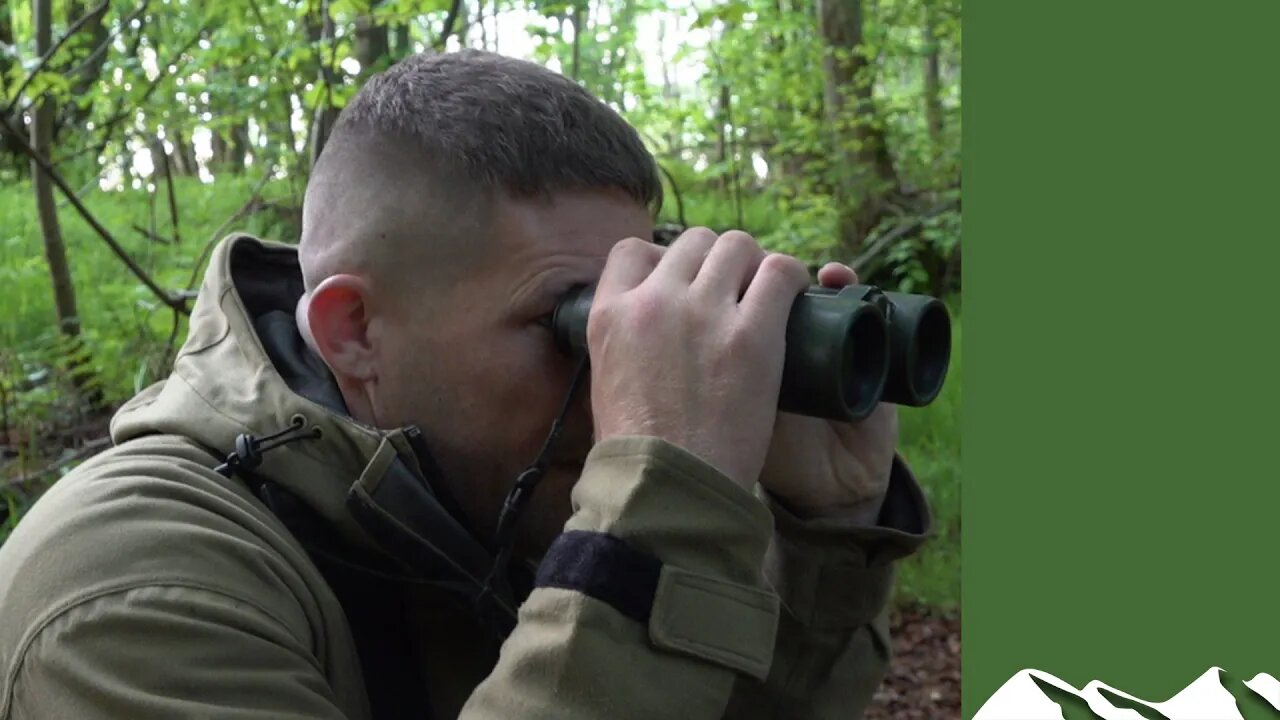
Roestalking in Caithness & Sutherland with a combination rifle
John Dodd is trying to meet his cull roebuck targets and Charlie is not helping. Instead of a nice sensible bolt-action with an expensive scope on top, Charlie has brought a combination rifle/shotgun, a Winchester Supergrade 12ga/.243, with an Aimpoint sight. Patient as ever, John guides Charlie on to bucks – and even has a go with the rifle himself.
To go stalking with John Dodd, visit https://prohuntltd.co.uk
For Aimpoint sights, go to https://Aimpoint.com
▶ For the kit showcased in this film, visit https://kitfinder.co.uk
▶ Sign up for our weekly email newsletter https://FieldsportsChannel.tv/register
▶ To watch all of #FieldsportsBritain, episode 709, visit https://FieldsportsChannel.tv/fieldsportsbritain709
▶ Fieldsports Shop http://fieldsports.shop
▶ Take part in nature. Join the Fieldsports Nation https://FieldsportsChannel.tv/membership
Why shoot deer?
There are more than two million red, roe, fallow, sika, muntjac and Chinese water deer in Britain’s countryside and semi-urban areas, the highest level for 1,000 years. Numbers have doubled since 1999, according to the Deer Initiative, the UK government’s deer agency.
Deer are an attractive and an important part of our wildlife. However, they have no natural predator in the UK so numbers must be sensibly and strategically managed to keep them in balance with their habitat and to prevent damage to crops, trees, woodland flora, gardens and other wildlife.
Deer cause £4.5 million-worth (Forestry Commission Scotland) of damage to plantations and other commercial woodlands in Scotland. Crop damage is estimated at £4.3m a year according to DEFRA, with the greatest damage on cereal crops in east and south-west England.
More than 8,000 hectares (Parliamentary Office for Science and Technology) of woodland with SSI status is currently in ‘unfavourable’ or ‘recovering’ condition due to deer impacts such as browsing and fraying. Deer can also influence the variety of wildlife in woodlands and other habitats by altering structural and plant species diversity. According to the University of East Anglia’s Dr Paul Dolman, that has resulted in a 50% decline in woodland bird numbers where deer are present, impacting particularly on nightingales, blackcaps, chiffchaffs and warblers.
Deer are susceptible to Bovine TB and may be responsible for the transmission of TB to cattle. They are also the likely driver behind the UK’s increasing tick population (Scharlemann et al 2008).
Happily, venison is a delicious meat. It is wild, natural and free range, and – almost fat-free – it is one of the healthiest meats available today. Results from research commissioned by the Game-to-Eat campaign (Leatherhead Food International Research 2006) suggest that there are real health benefits to eating game. Venison is high in protein, low in saturated fatty acids and contains higher levels of iron than any other red meat.
We’re proud to promote enjoyment of fieldsports and the countryside. There are three guiding principles to everything we do on Fieldsports Channel:
▶ Shoot responsibly
▶ Respect the quarry
▶ Ensure a humane, clean and quick kill
-
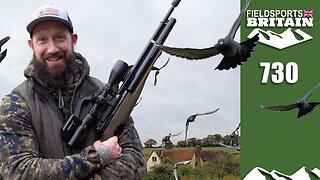 28:31
28:31
Fieldsports Britain
1 year agoFieldsports Britain – Dan Thor goes feral
128 -
 8:31
8:31
MattMorseTV
3 hours ago $0.73 earnedTexas just did the IMPOSSIBLE.
22.1K50 -
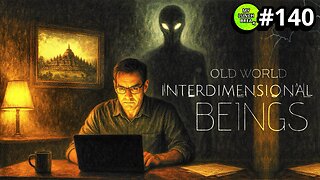 24:39
24:39
MYLUNCHBREAK CHANNEL PAGE
1 day agoInterdimensional Beings at Borobudur
29.4K16 -
 12:42
12:42
Scammer Payback
22 hours agoCalling Scammers who were Raided
9.46K10 -
 23:31
23:31
IsaacButterfield
14 hours ago $0.02 earnedThe Woke Mob Is Really CANCELLING Matt Rife For THIS…
9.83K10 -
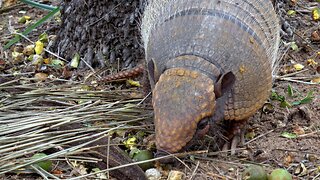 1:23
1:23
WildCreatures
8 days ago $0.94 earnedThis mother armadillo eating her palm nuts is truly adorable
10K14 -
 8:59
8:59
The Art of Improvement
10 hours ago $0.01 earnedHow to Build the Most Powerful Mindset for Success
9.9K2 -
 LIVE
LIVE
GritsGG
1 day ago36 Hour Stream! Most Wins 3420+ 🧠
843 watching -
 1:26:16
1:26:16
Michael Franzese
19 hours agoMenendez Brothers Denied Parole – Newsom Holds Their Fate
117K87 -
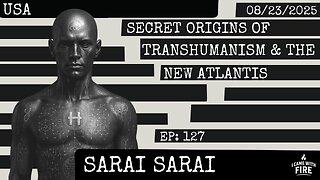 2:36:02
2:36:02
I_Came_With_Fire_Podcast
18 hours agoSecret Origins of Transhumanism & The New Atlantis
37.8K18